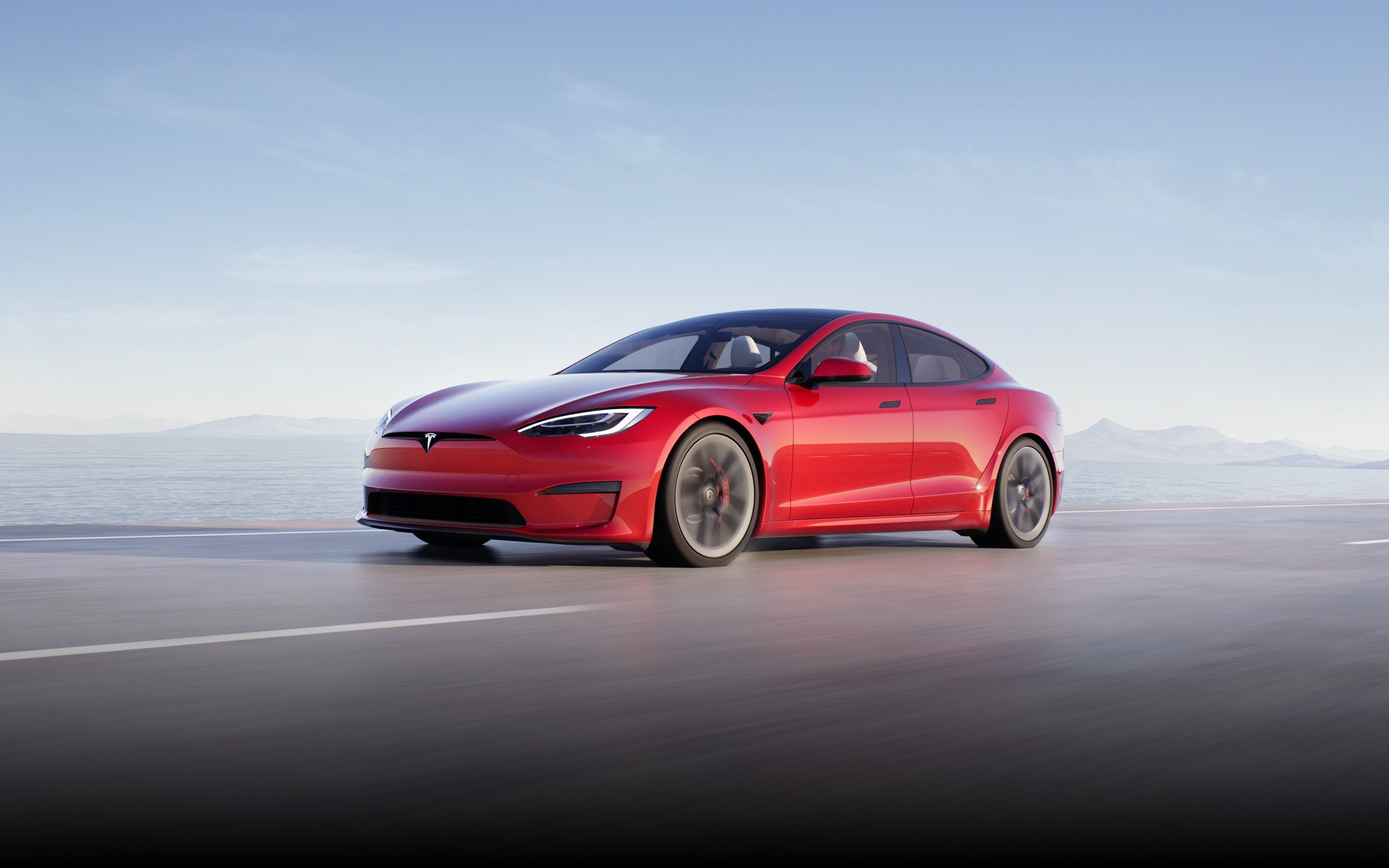
Tesla is constantly improving its battery technology. Despite being one of the fastest production cars in the world, the Model S Plaid can cover 390 miles on a single charge. Using a 250-kW rapid charger, 187 miles of range can be added in just 15 minutes. Looking ahead, Tesla is working on a larger battery cell six times more powerful than previous cells, with five times more energy capacity.
While EVs will undoubtedly help lower global emissions, there are concerns that emissions generated from battery production are harming the environment, and that EV batteries cannot be recycled. To prove skeptics wrong, Tesla has announced in its 2020 Impact Report that 100 percent of its scrapped batteries are recycled so none of them end up in a landfill.
Surprisingly, most batteries sent to Tesla for recycling are sourced from R&D and quality control, rather than consumer cars like the Model S that have reached the end of their lifecycle. Any batteries Tesla receives from consumer cars tend to be from models with higher than average mileages such as taxis. In the report, Tesla explains how its battery packs are designed to outlast the car: after 200,000 miles, the average battery in a Tesla should still have around 90 percent of its original capacity.
While Tesla relies on third parties to recycle batteries, the automaker will set up its own recycling facilities at its battery production sites including Gigafactory Berlin and Gigafactory Texas to reduce operations costs. Volkswagen also recently opened a new plant dedicated to battery recycling.
"As the manufacturer of our in-house cell program, we are best positioned to recycle our products efficiently to maximize key battery material recovery. With the implementation of in-house cell manufacturing at Gigafactory Berlin-Brandenburg and Gigafactory Texas, we expect substantial increases in manufacturing scrap globally. We intend to tailor recycling solutions to each location and thereby re-introduce valuable materials back into our manufacturing process," Tesla wrote in the report.
"Our goal is to develop a safe recycling process with high recovery rates, low costs and low environmental impact. From an economic perspective, we expect to recognize significant savings over the long term as the costs associated with large-scale battery material recovery and recycling will be far lower than purchasing additional raw materials for cell manufacturing."
